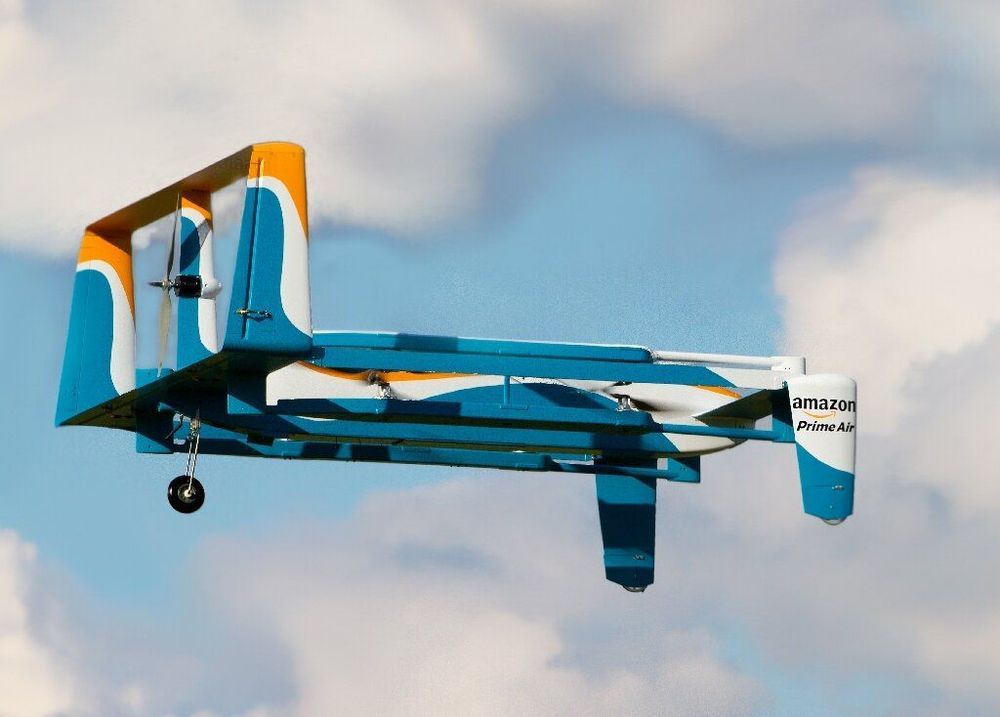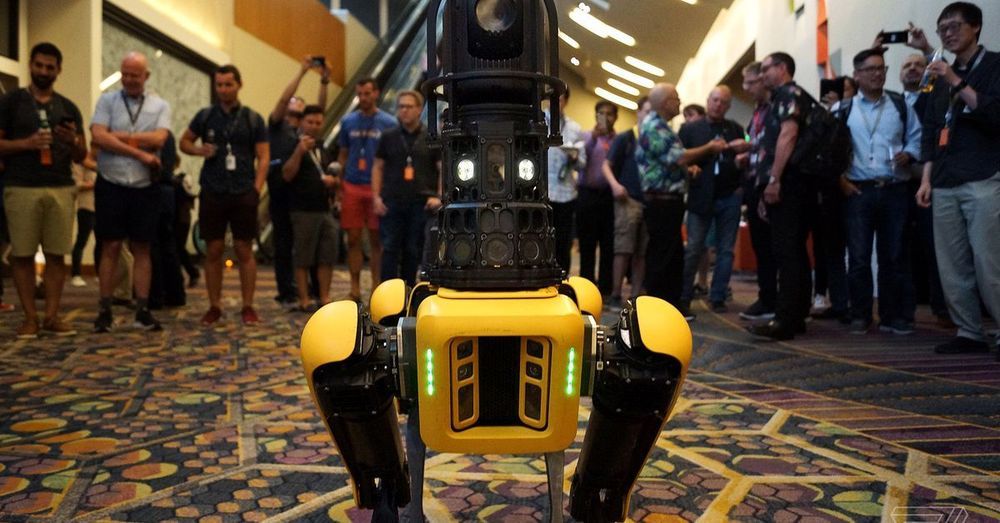Artificial Intelligence (AI) is a field that has a long history but is still constantly and actively growing and changing. Artificial Intelligence (AI) technology is increasingly prevalent in our everyday lives. It has uses in a variety of industries from gaming, journalism/media, to finance, as well as in the state-of-the-art research fields from robotics, medical diagnosis, and quantum science.

Udacity was born out of a Stanford University experiment in which Sebastian Thrun and Peter Norvig offered their “Introduction to Artificial Intelligence” course online to anyone, for free. Over 160,000 students in more than 190 countries enrolled and not much later, Udacity was born.
Udacity, a pioneer in online education, is building “University by Silicon Valley”, a new type of online university that: – teaches the actual programming skills that industry employers need today; – delivers credentials endorsed by employers, because they built them; – provides education at a fraction of the cost and time of traditional schools.








